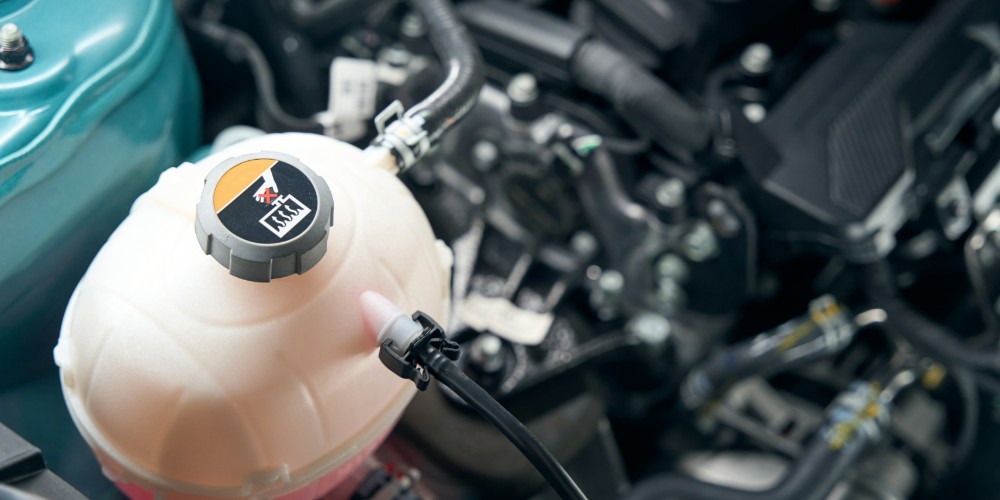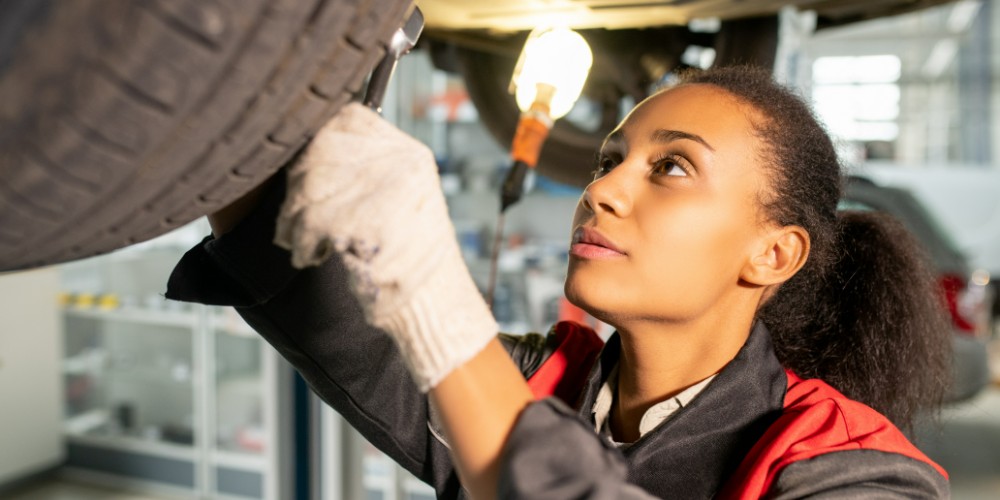When it comes to upgrading your vehicle, many drivers find themselves pondering whether they can trade in a car that is still under finance for a new one. It’s a common scenario, especially in today’s fast-paced automotive market where newer models with advanced features are constantly being released.
Understanding the basics of car finance
Before diving into the specifics of trading in a financed car, it’s important to grasp the basics of car finance. In the UK, financing a car typically involves taking out a loan to purchase the vehicle, with repayments spread over a set period. The most common forms of car finance include personal contract purchase (PCP), hire purchase (HP), and personal loans.
With PCP and HP, the car is often used as collateral for the loan, which means you don’t fully own the vehicle until the final payment is made. Personal loans, on the other hand, give you ownership of the car from the outset, but you’re still obligated to repay the loan amount plus interest.

Can you trade in a financed car?
The possibility of trading in a financed car for a new one is an option many car owners in the UK consider, especially when they’re eyeing an upgrade before their current finance agreement concludes. This section delves deeper into the nuances of such a decision, exploring the mechanics, considerations, and steps involved in trading in a financed vehicle.
Understanding the trade-in process
Trading in a financed car involves a straightforward principle but requires careful consideration of several financial elements. Essentially, the process uses the value of your current vehicle as a partial payment towards the acquisition of a new one. However, because the car is not fully paid off, the outstanding balance on your finance agreement must be addressed as part of the trade-in.
The role of outstanding finance
The critical first step in contemplating a trade-in is to determine the settlement figure, which is the amount needed to clear your outstanding finances. This figure is pivotal as it affects whether trading in your vehicle is financially sensible. Contact your finance provider to obtain this amount, which will allow you to assess your position more accurately.

Equity vs. negative equity: What’s the difference?
Equity, in the context of car finance, refers to the difference between your car’s current market value and the outstanding finance amount. If your car’s value exceeds the settlement figure, you have positive equity. This situation is ideal for a trade-in, as the surplus value can contribute towards the deposit on your new car, potentially lowering your future monthly payments.
Conversely, if your car’s value is less than the outstanding finance, you’re in a state of negative equity. Trading in a car with negative equity is more complex and can affect the financial viability of the transaction. It often requires you to cover the shortfall out of pocket or incorporate the negative equity into the finance agreement for your new car. This can increase your monthly payments or extend the term of your new finance agreement.
How to trade in a financed car
Trading in a financed car involves a few key steps. Firstly, you should research the current market value of your car to get an idea of whether you’re in a position of positive or negative equity. Next, obtain a settlement figure from your finance company and compare this with your car’s value. If you decide to proceed, you’ll need to find a dealership willing to facilitate the trade-in process.
The dealership will assess your car’s condition and offer a trade-in value. If this value covers the settlement figure and potentially leaves some equity for your next purchase, you’re in a good position. The dealer will handle the paperwork and settle the outstanding finance on your behalf, with the trade-in value of your car going towards the purchase of your new vehicle.
Steps to trade in a financed car
1. Obtain a settlement figure: Contact your finance company to find out exactly how much you need to pay off the remaining balance on your car.
2. Assess your car’s value: Use online tools, dealership evaluations, or independent valuations to determine your car’s current market value.
3. Calculate equity: Subtract the settlement figure from your car’s value to understand whether you have positive or negative equity.
4. Find a dealership: Look for a dealership that accepts trade-ins and is interested in your specific make and model.
5. Negotiate the deal: Discuss the trade-in value of your car, ensuring it covers the settlement figure and ideally leaves some equity.

Considerations and tips
- Research thoroughly: Understanding the value of your current car and the best deals on the market for your new purchase is crucial.
- Be realistic about values: Cars depreciate over time, so having realistic expectations about your car’s trade-in value is important.
- Understand the financial implications: Make sure you’re fully aware of how trading in a financed car affects your financial situation, especially if you’re rolling negative equity into a new finance agreement.
- Check for fees: Some finance agreements may include fees for settling the finance early, so it’s important to factor these into your decision.
An alternative option – selling privately
An alternative to swapping your financed car is selling it privately. This option can sometimes offer a higher return, as you’re selling directly to another buyer rather than through a dealership. However, you’ll still need to settle the outstanding finance before transferring ownership. Selling privately can be more time-consuming and requires careful coordination with your finance company to ensure the loan is cleared upon sale.
A smooth transition or a financial bump?
Trading in a financed car for a new one can be a smooth process with adequate preparation and understanding of the financial implications. It offers a convenient way to upgrade your vehicle, provided you navigate the steps wisely and consider the impact on your finances. Whether you’re in a position of positive equity and ready to move on to your next car, or dealing with negative equity and exploring your options, the key is to make informed decisions that align with your financial well-being.
🚗 Looking for new car finance? We can help with that.





